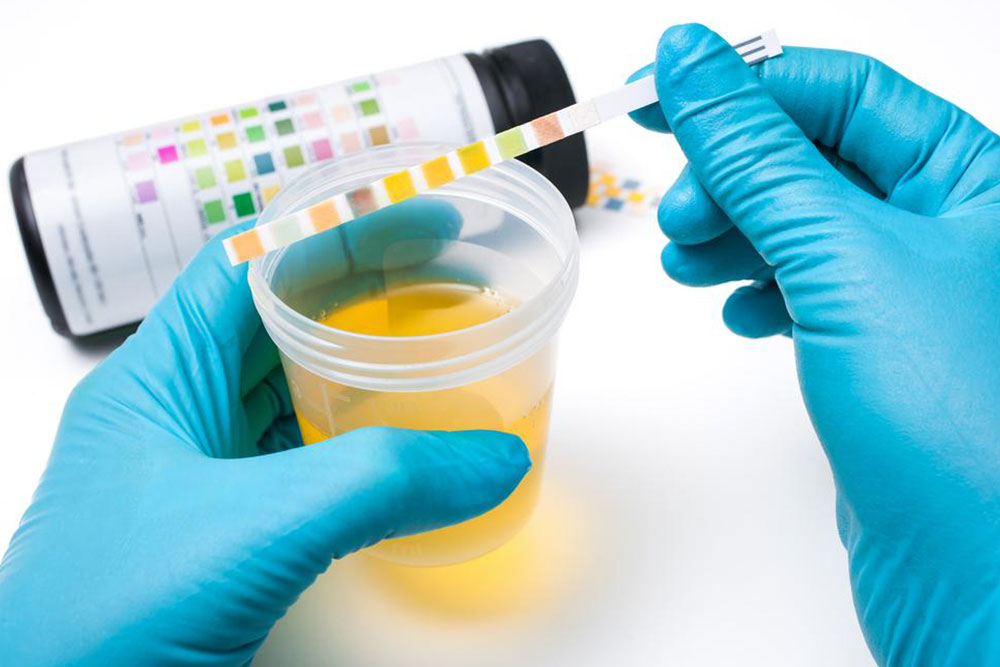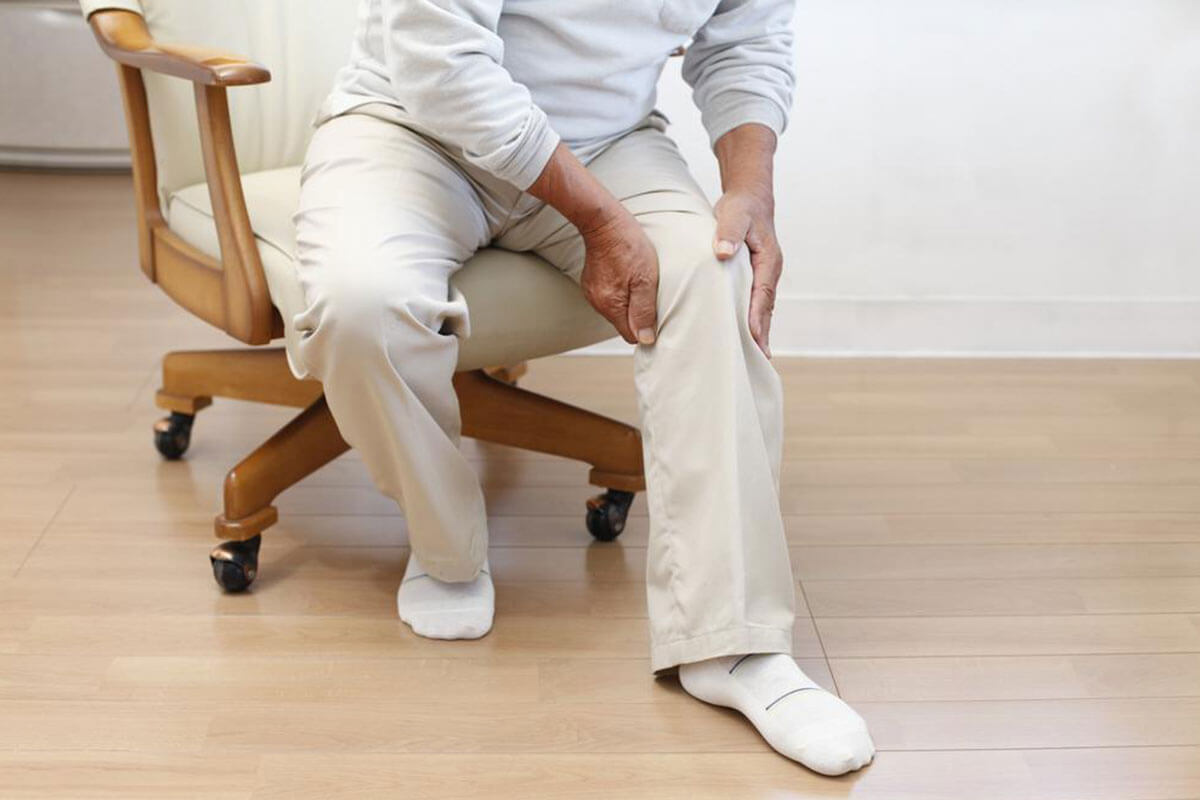Know What Your Stool Is Secretly Telling You
There are several indicators that can be used to measure one’s health. You might be surprised to know but your stool is one such indicator that talks volume about your overall health. How is that possible? It is simple. The color, texture, quantity and the consistency of the stool changes depending on your dietary intake and health condition.
The stool color chart lists all the possible stool color that an individual’s stool can have and the possible health concerns that are linked to the color.

This article gives you a quick brief about the stool color chart and how to accurately interpret and comprehend stool color chart.
Why your stool changes color?
You might observe that change in the stool color is not a rare occurrence. The color change could be harmless but there is a possibility that the color change is trying to draw your attention towards a grave health concern.
Here are some common causes of stool color change:
- Diarrhea is one of the most common reasons responsible for the change in your stool color. When you are suffering from diarrhea, the stool passes through the intestine so quickly that the chemicals in your gut fail to break down the bile in the poop.
- Eating excess of leafy vegetables might lead to an unusual passage of green stool.
- Over the counter drugs and medications too can temporarily affect your stool color
- Alcoholism is another common cause of change in your poop color.
- Drastic color change in your stool may indicate that your gut is bleeding, or you have some disorder that is damaging your gastrointestinal tract, liver or the pancreas.
Different colors in the stool color chart
- Light brown to Dark Brown: Your stool color most of the times should be something between light brown to dark brown, according to the stool color chart.
- Medium Brown: The ideal stool color is medium brown. If your stool color is medium brown, then it means that you are healthy.
- Green: If after brown, there is one stool color that you need not worry about, it is green. Green stool is caused by diarrhea when the intestine is not able to process the bile in the stool. Another common reason of green stool is an excessive intake of leafy vegetables or green food coloring.
- Light white: If you are experiencing light white or clay-colored stool then it might be a sign that you are suffering from a case of bile duct obstruction. In some cases, it might be harmless and just caused by some kind of medication. It is best to wait for few days and then see a doctor if the color is persistent.
- Yellow: According to the stool color chart, if your stool is yellow in color, it means that it has undigested fat which your intestine was not able to absorb. Yellow stool can mean two things- either your fat intake is alarmingly high or you have a potential gluten allergy. See a doctor if the color does not go away in few days.
- Red: Bright red color poop is not something you can brush off. In most cases, red color poop means that you are suffering from hemorrhoids and there is a bleeding in your lower intestinal tract. In some cases, food intake too can lead to temporary poop color change. Vegetables like beetroot, carrot, tomato, and cranberries might be responsible for the red color. It is best to consult a doctor if you are excreting red stool.
- Black: Just like red poop, black poop is a serious concern. It could mean that you are suffering from bleeding in the upper gastrointestinal tract. Alcoholism or excessive intake of iron, especially iron supplements like bismuth subsalicylate can also cause black stool. Black stool is often accompanied by diarrhea, abdominal pain, and vomiting.
How to improve your stool?
If you are experiencing an unusual stool color, the good news is that with some changes in your diet and lifestyle, you can improve your stool color.
Here are some tips for a healthy poop:
- Take care of your gut: A key to improving the stool color is by taking care of your colon and the rectum. You can do so by increasing your fiber intake by eating whole grain food, broccoli, and lentils.
- Say no to sugar and caffeine: This is because artificial sweeteners, caffeine, and sugary items affect your gastrointestinal functions negatively.
- Stay hydrated: Drinking plenty of water will ensure that your poop consistency is healthy, and your poop is free from bad odor.
- Think twice before consuming medications- Avoid consuming over the counter medicines that slow down your bowel movements or disrupt the gastrointestinal functions.
Remember that the stool color chart is not a precise way to predict your health. But by referring to the stool color chart, at least you can decide whether you need to see a doctor to discuss your poop color or no.




